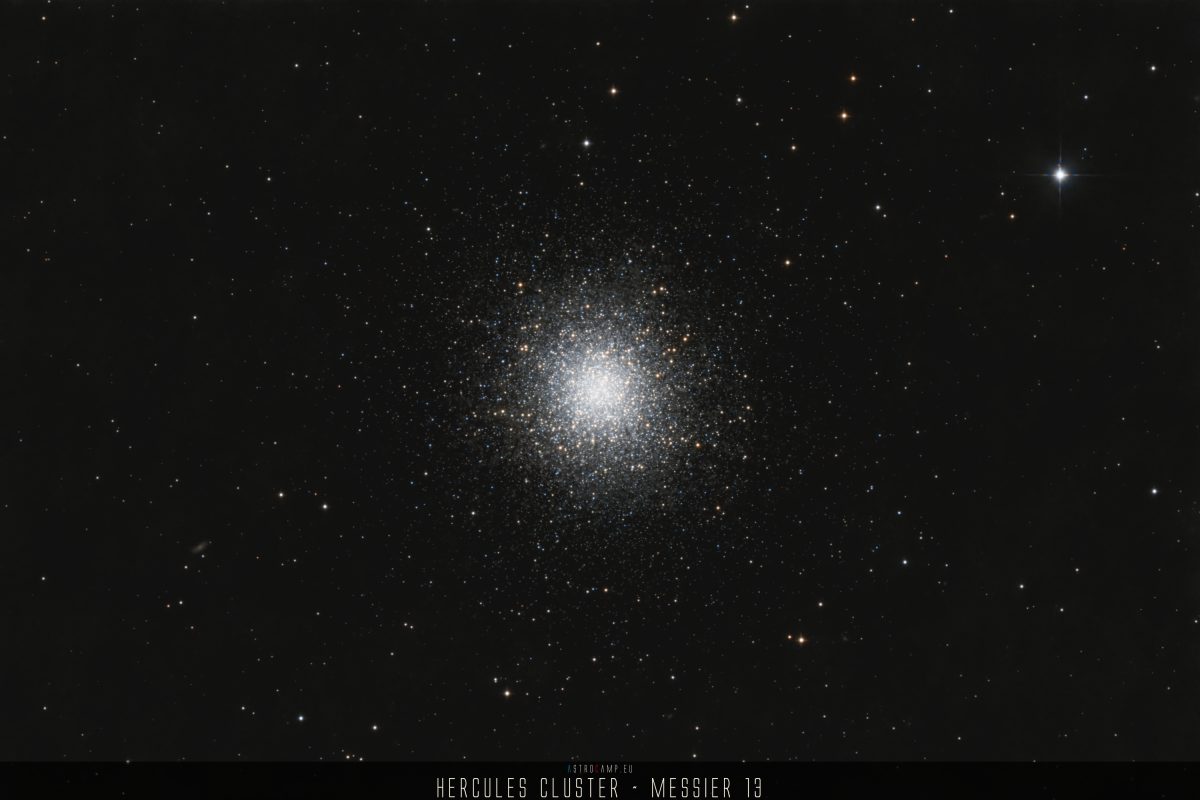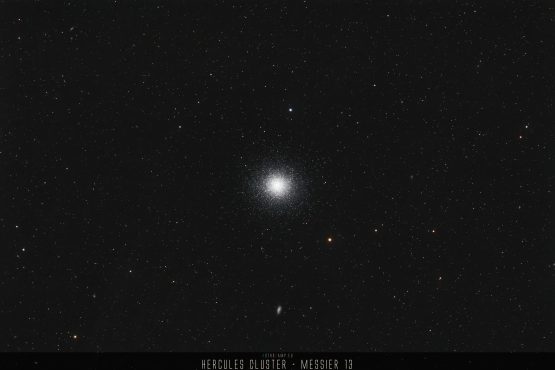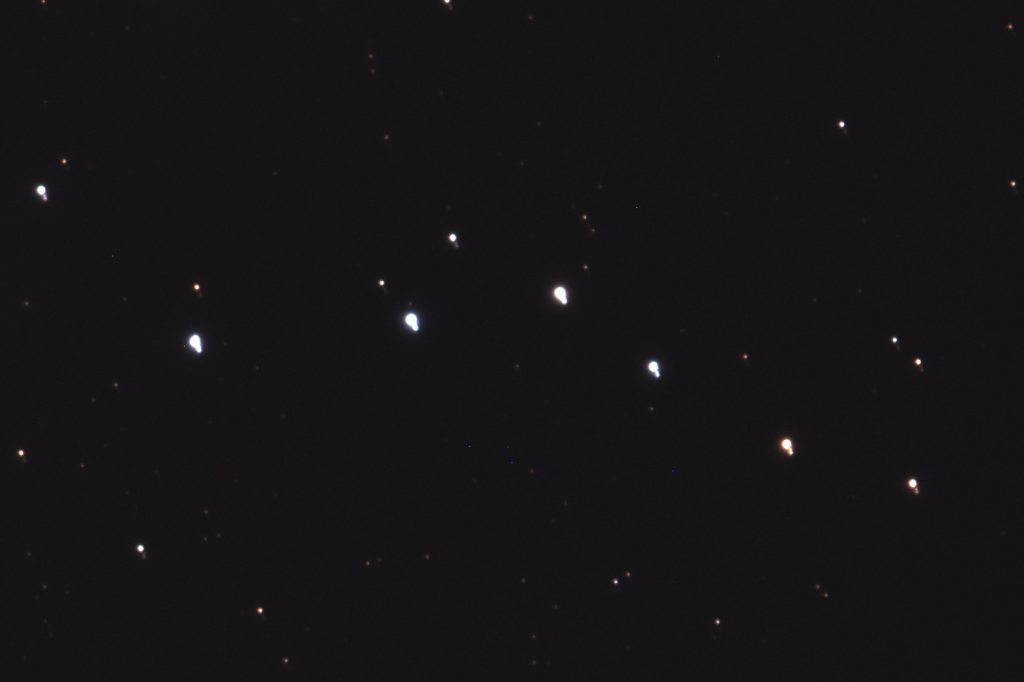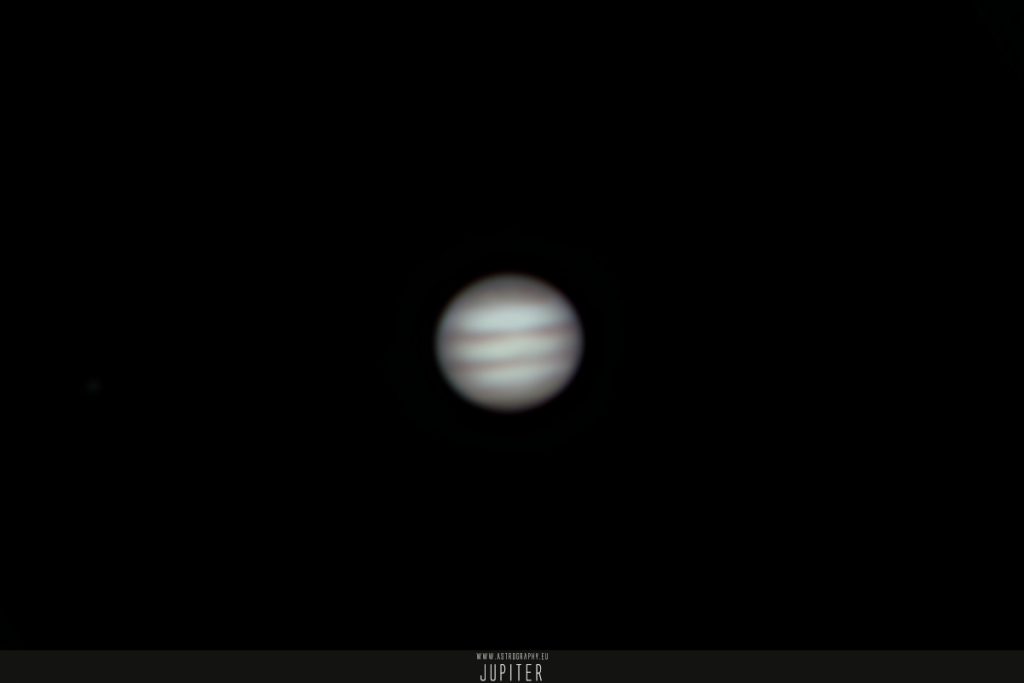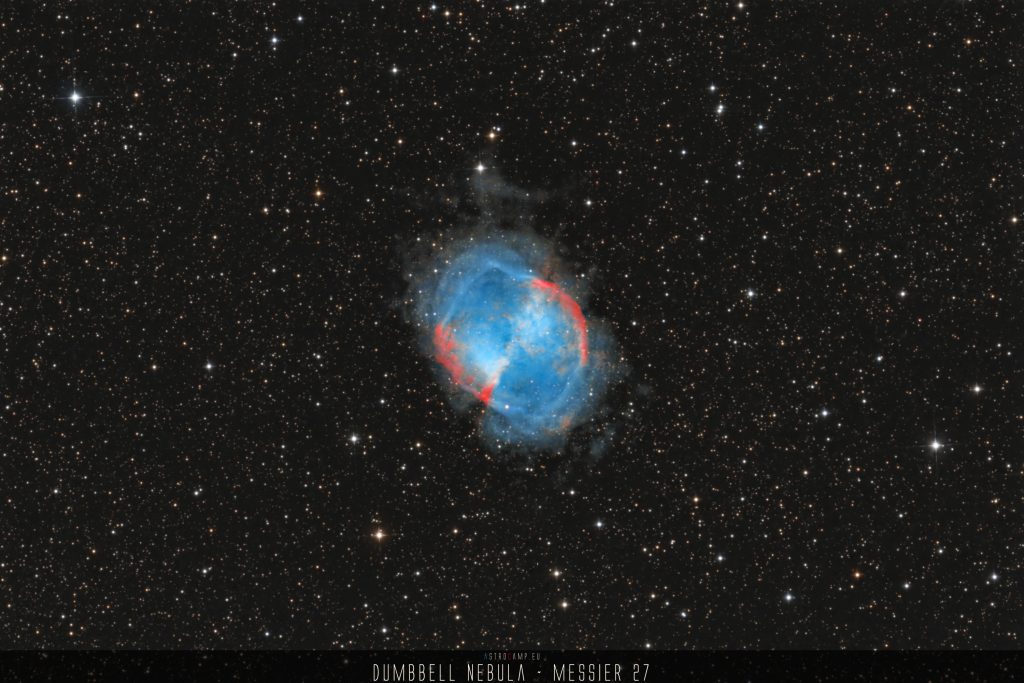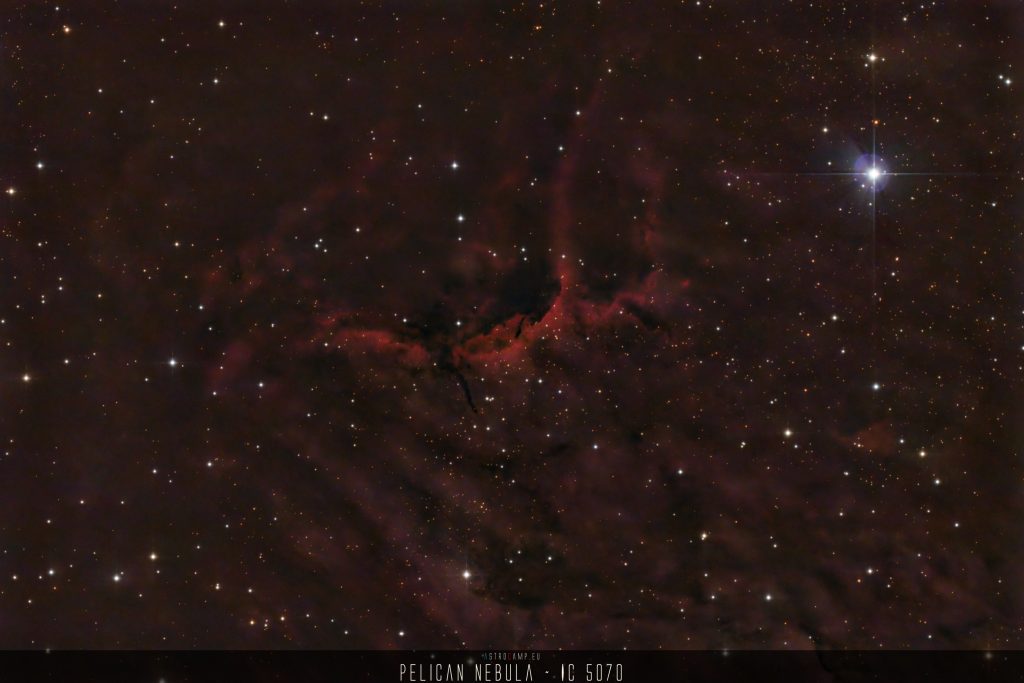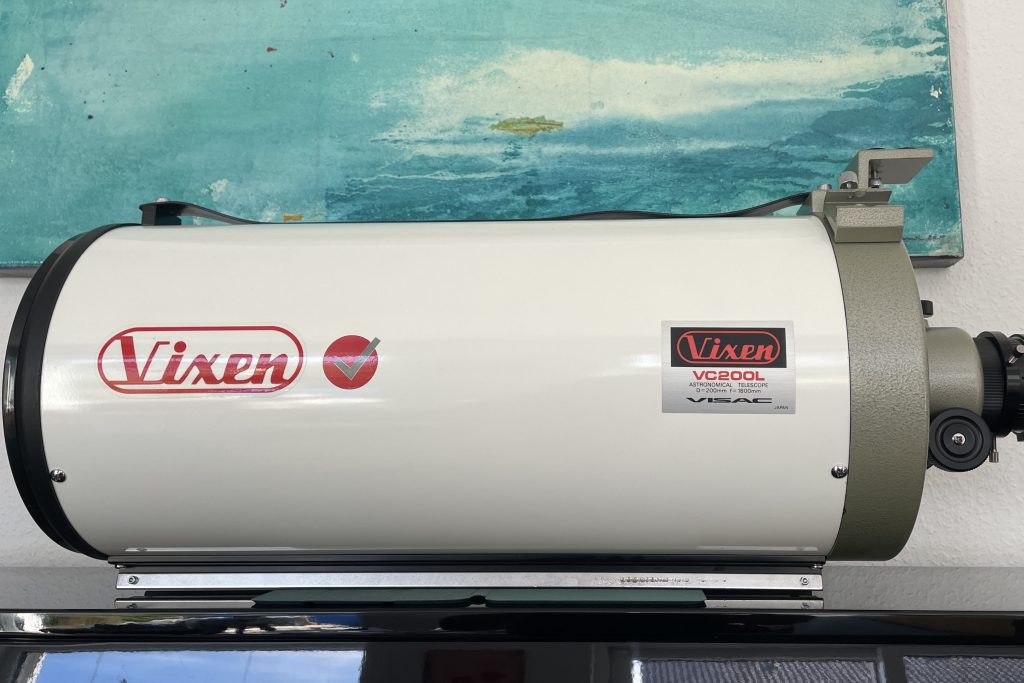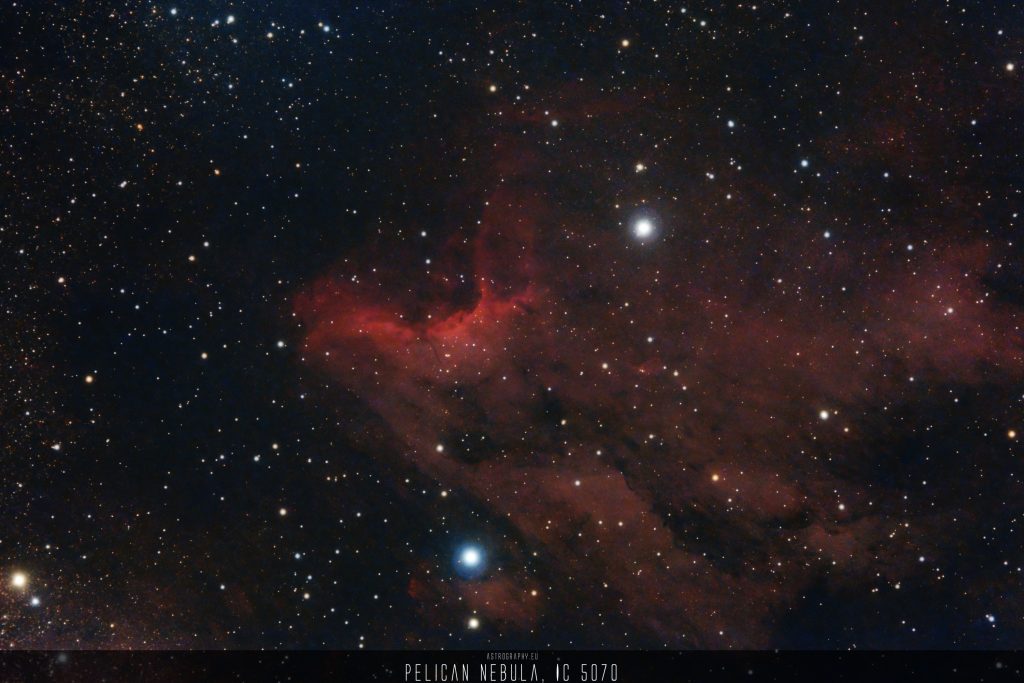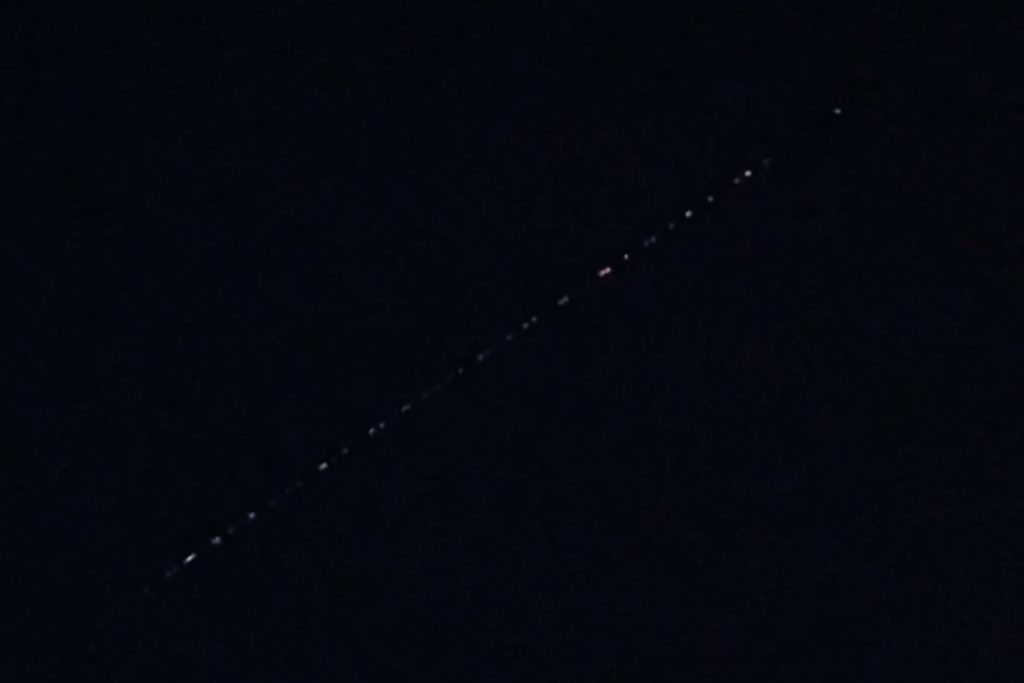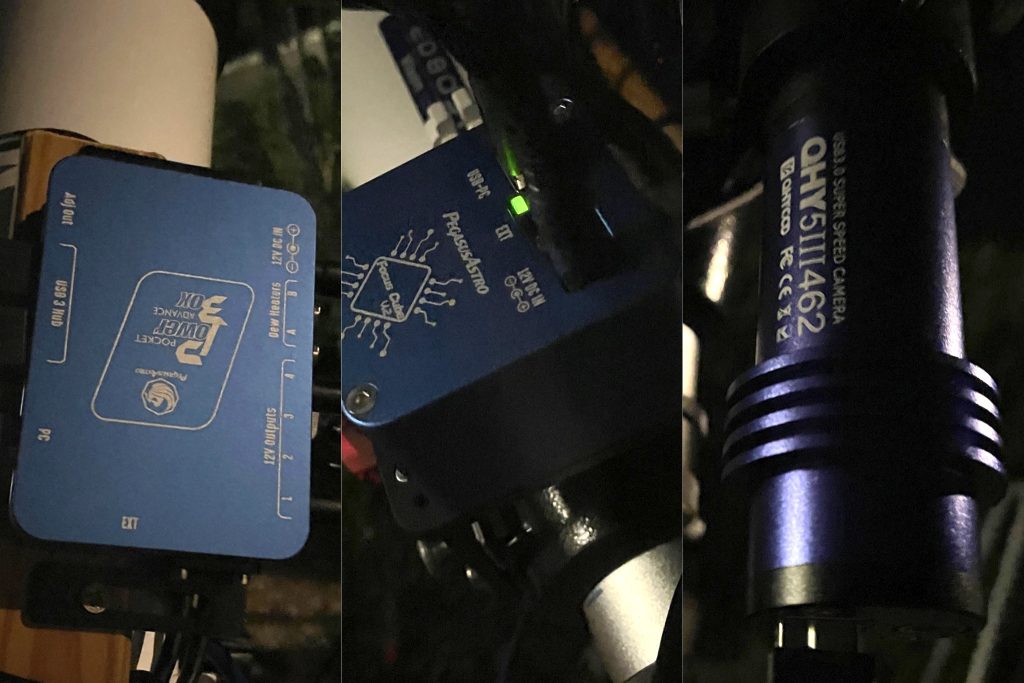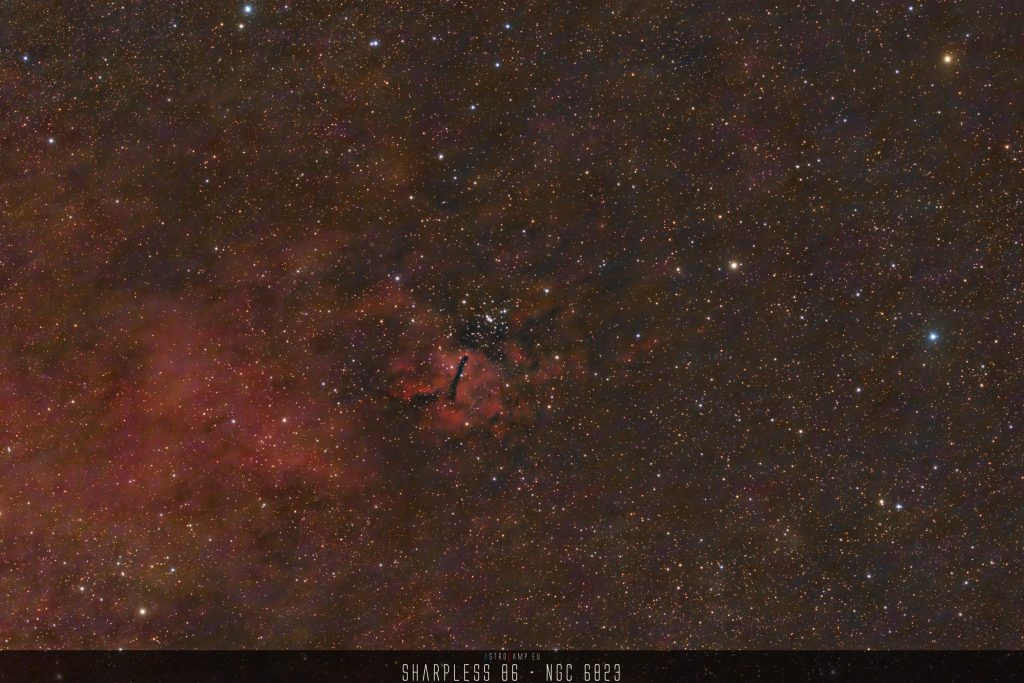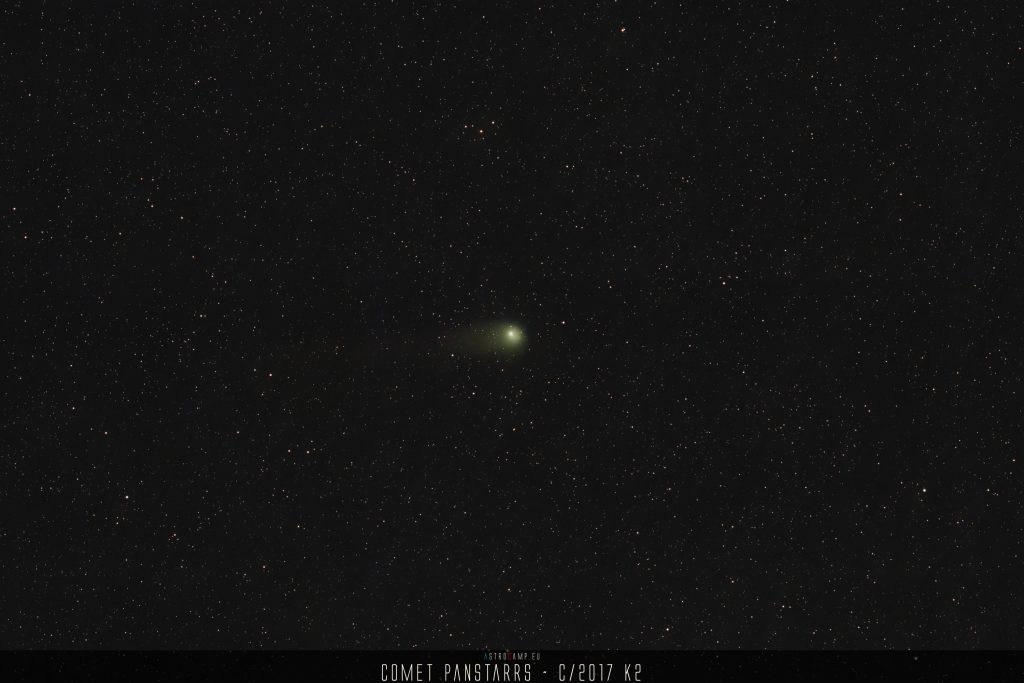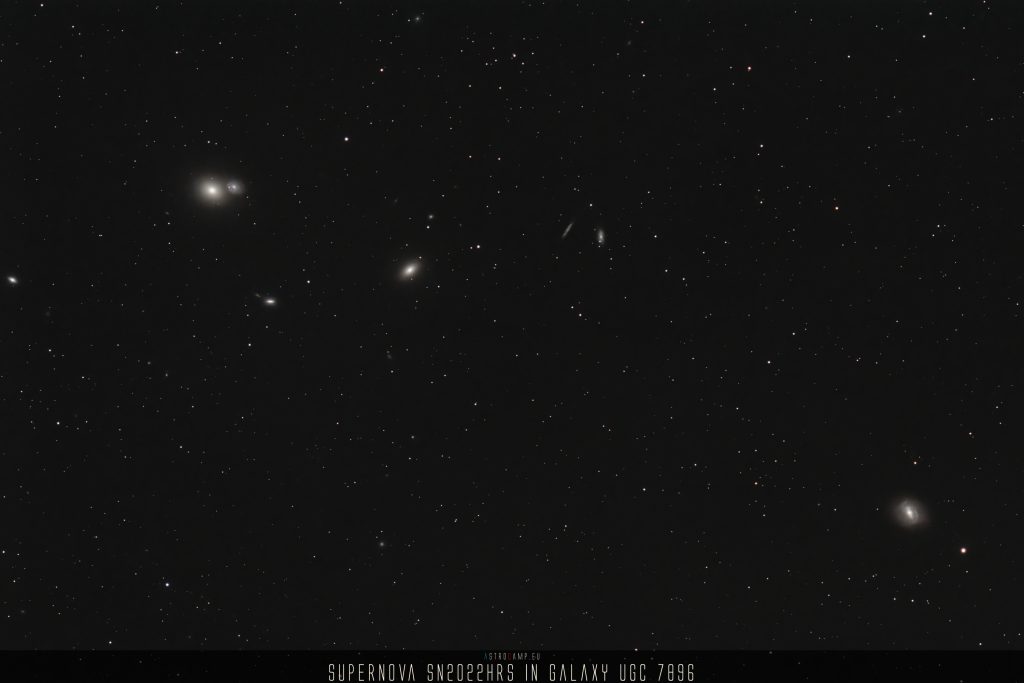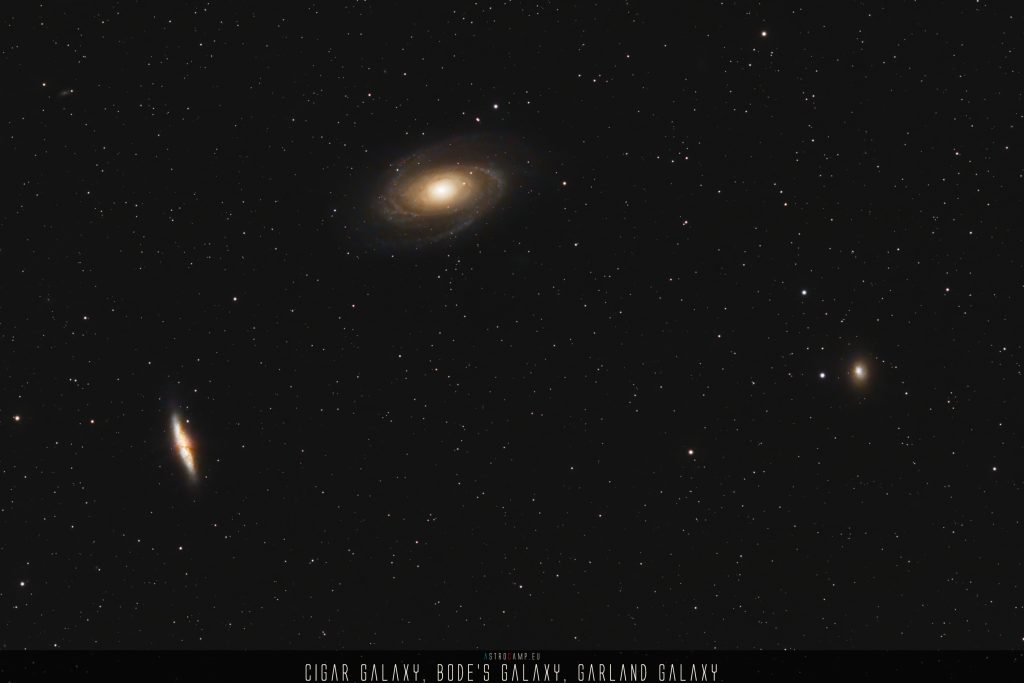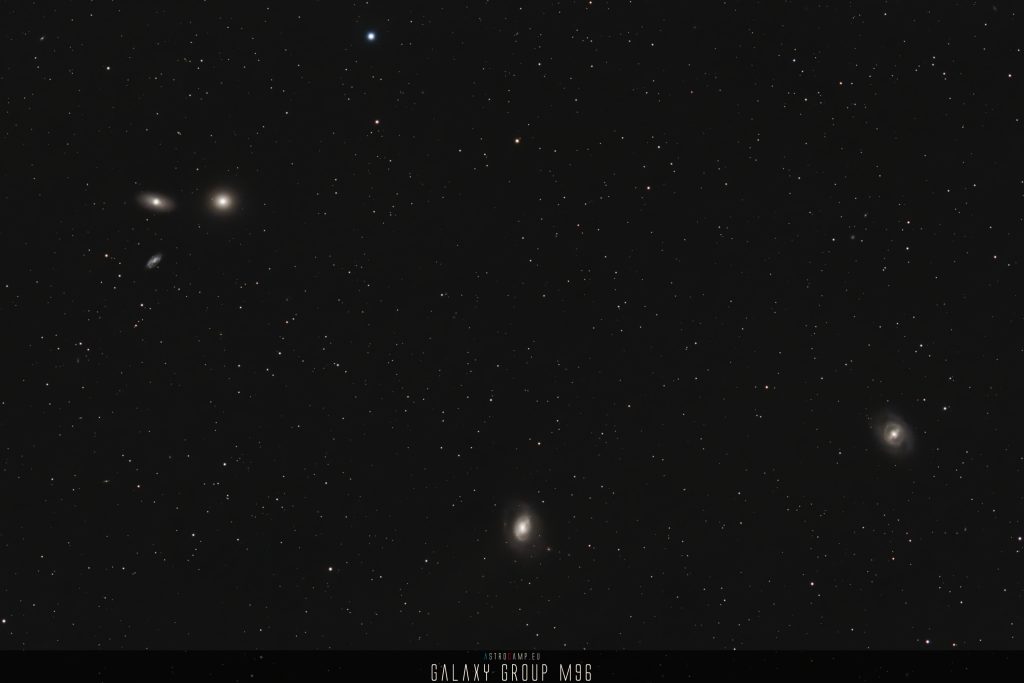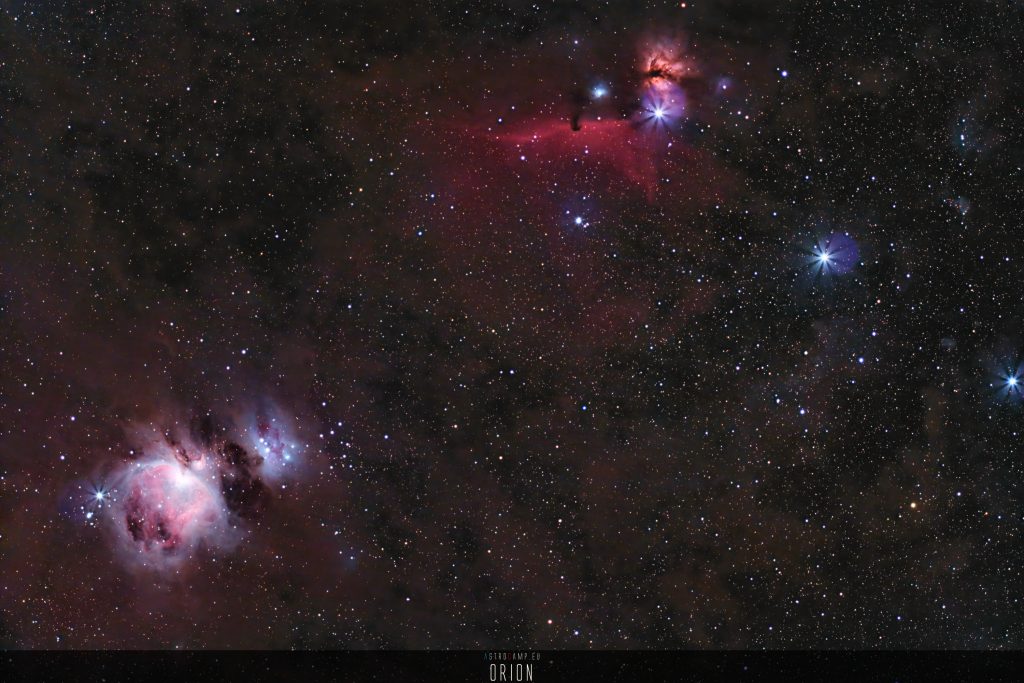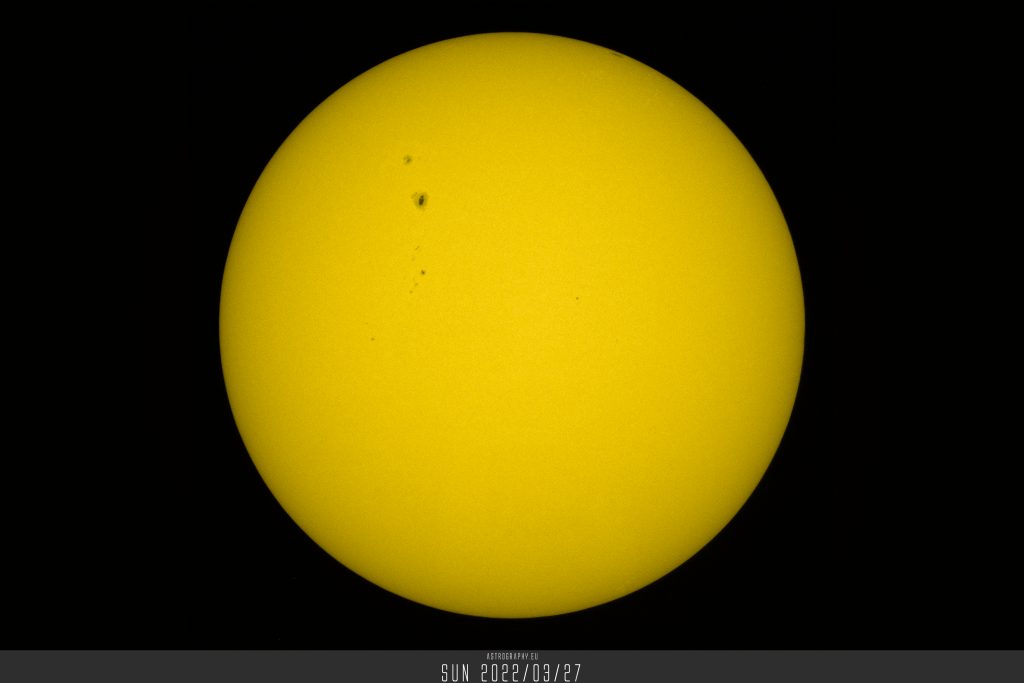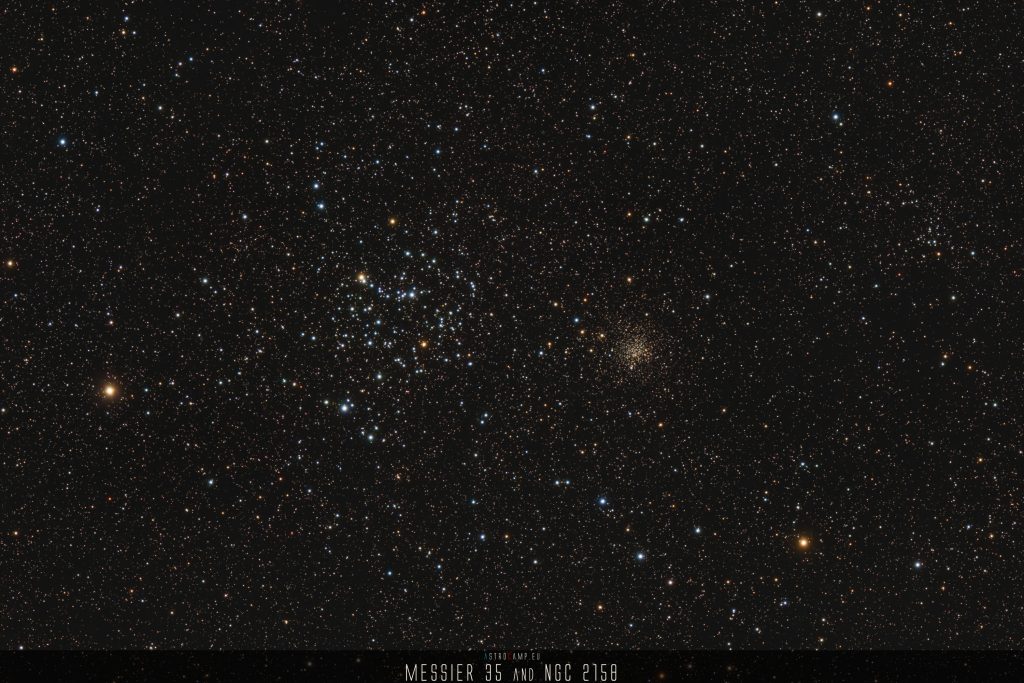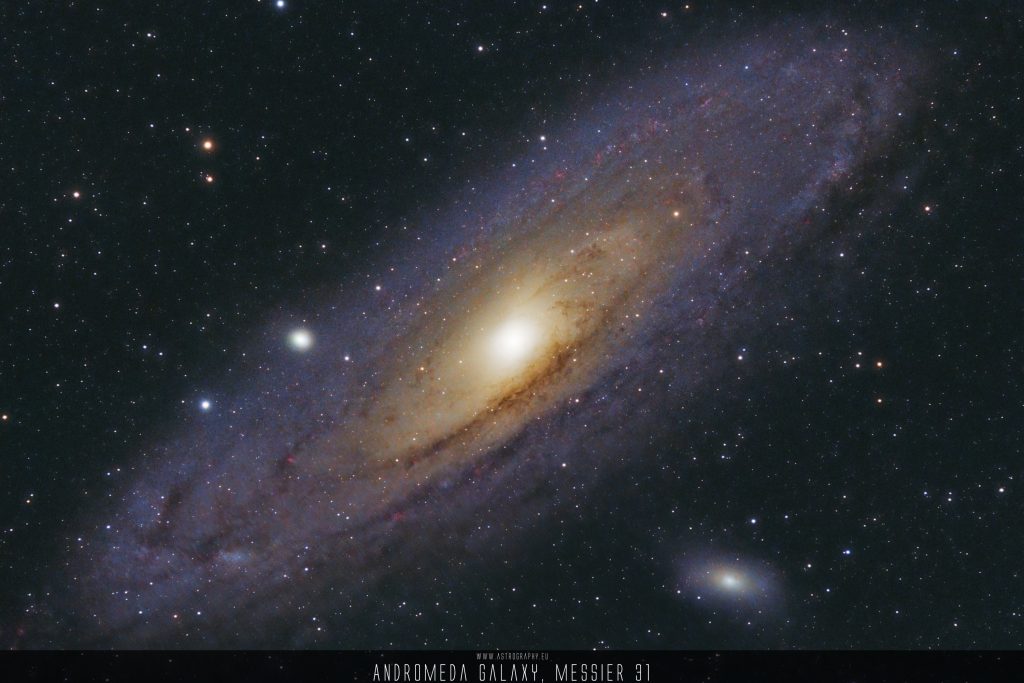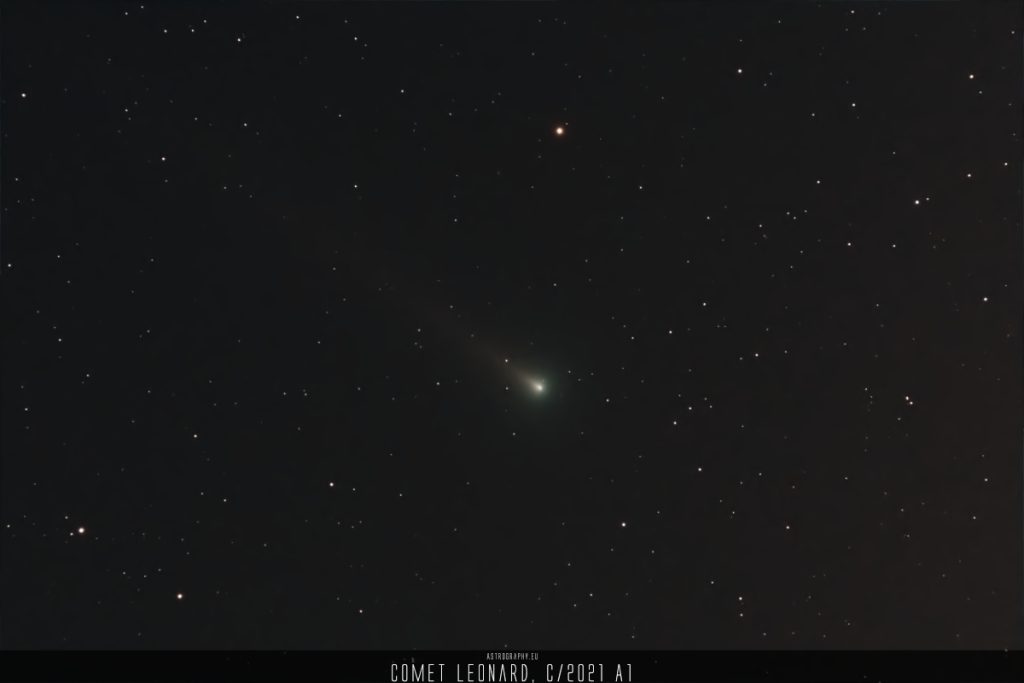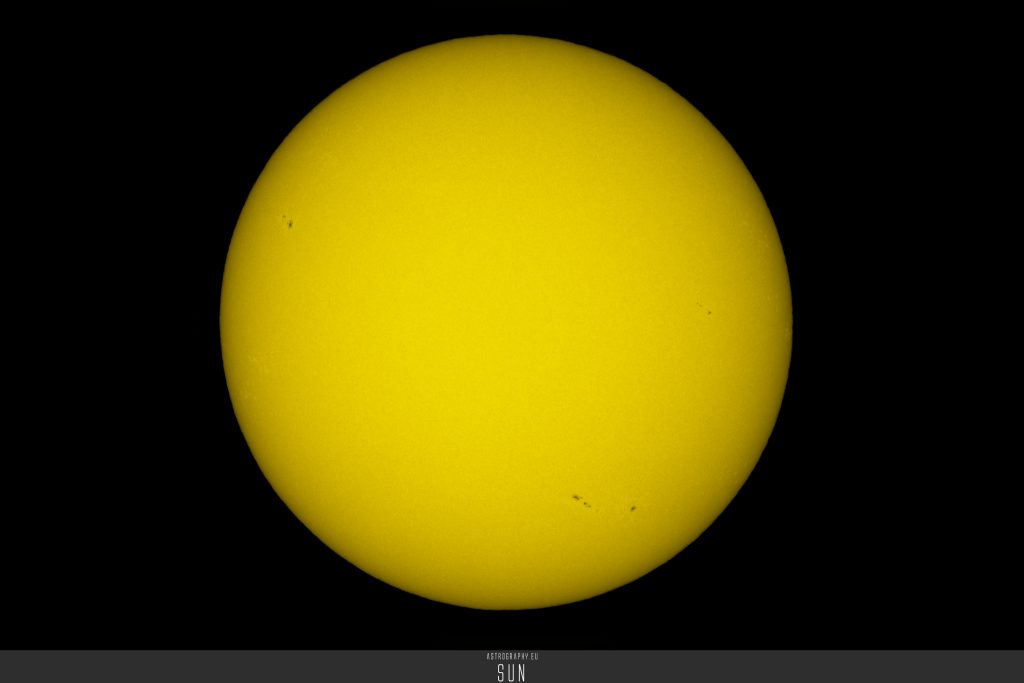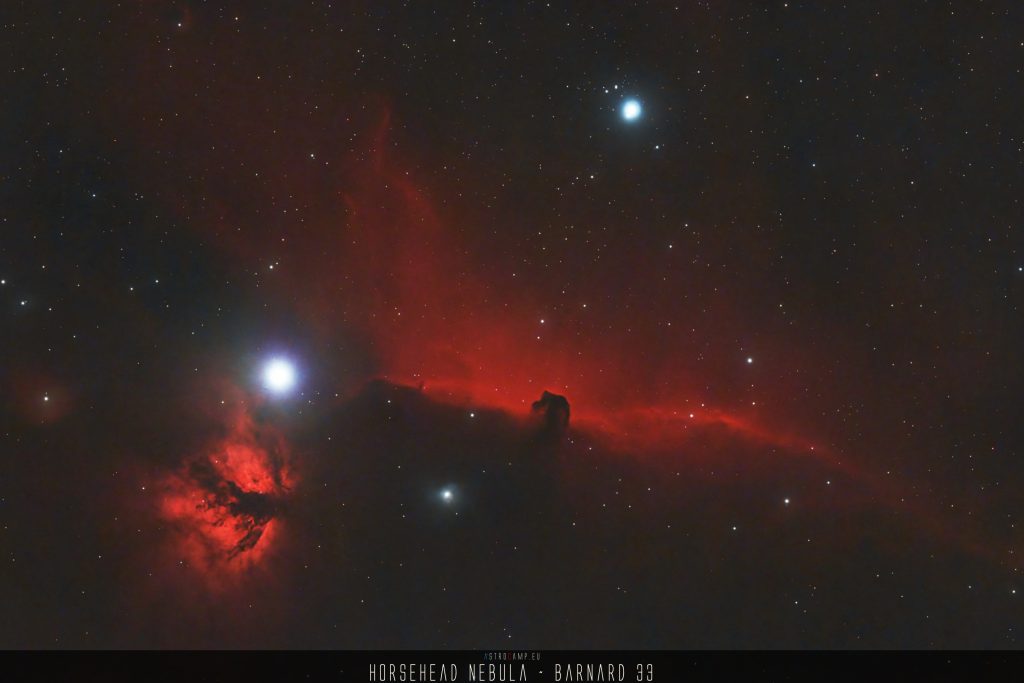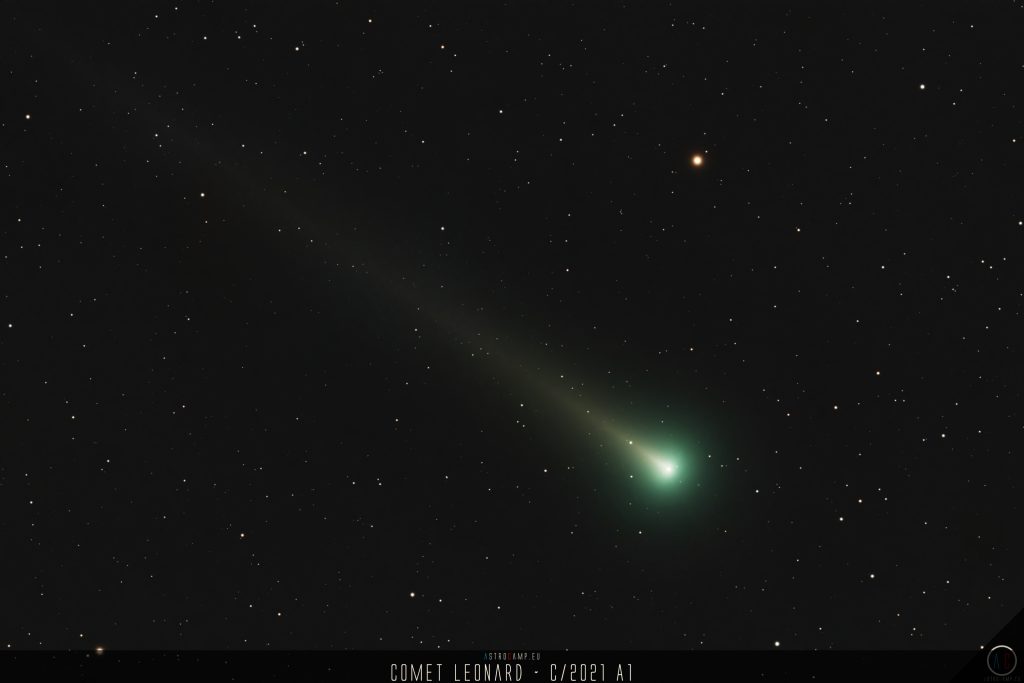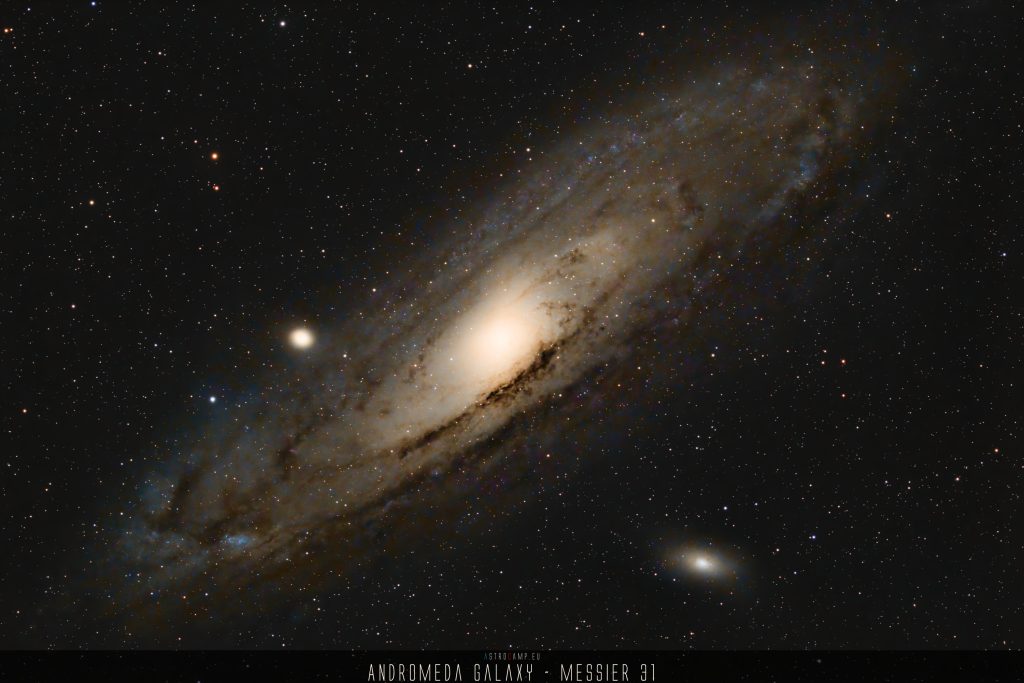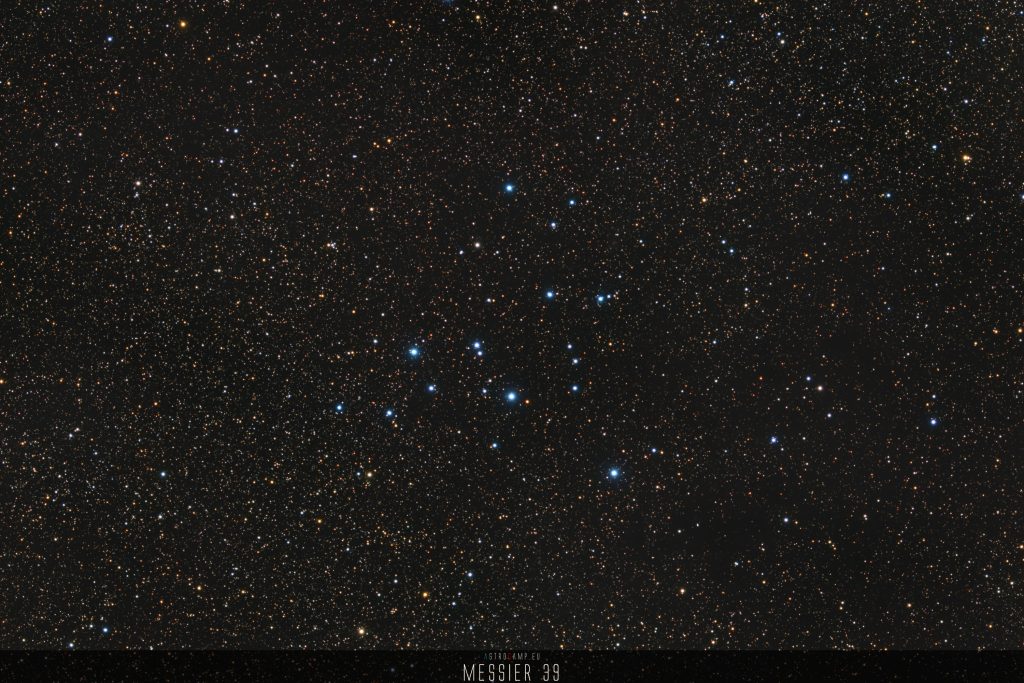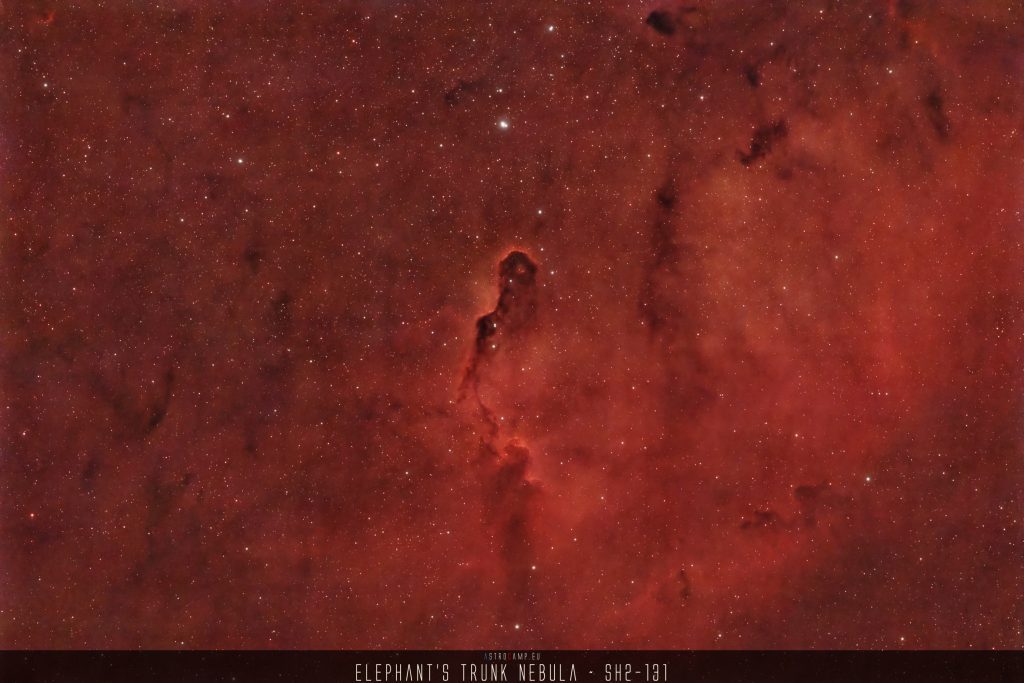Location of Messier 13
Messier 13 (M13) is located in the direction of the constellation Hercules. The distance to M13 has been measured using several different methods, including parallax, main sequence fitting, and variable star luminosity. The most accurate measurements suggest that M13 is located at a distance of approximately 25,100 light-years (7,700 parsecs) from Earth.
Some unique facts
Messier 13, also known as the Great Globular Cluster in Hercules, is a remarkable astronomical object with several unique characteristics. Here are some of its most notable features:
- Large Size: Messier 13 is one of the largest and brightest globular clusters in the night sky. It contains hundreds of thousands of stars, and its diameter is estimated to be around 145 light-years.
- High Metallicity: Messier 13 is also notable for its high metallicity, which means it has a relatively high proportion of elements heavier than hydrogen and helium. This is unusual for a globular cluster, which are typically composed of older, metal-poor stars. The high metallicity of Messier 13 suggests that it may have undergone a period of intense star formation in the past.
- Blue Stragglers: Messier 13 contains a significant number of blue straggler stars, which are stars that appear to be younger and more massive than the other stars in the cluster. These stars may have formed through mergers or interactions between other stars in the cluster.
- Variable Stars: Messier 13 also contains a number of variable stars, including RR Lyrae stars and blue horizontal branch stars. These stars pulsate in brightness over time, and their periods of pulsation can be used to determine the distance to the cluster.
Brightness of Messier 13
Messier 13 (M13), is a bright and easily visible object in the night sky. Its apparent magnitude, which is a measure of its brightness as seen from Earth, is about 5.8. This makes it one of the brightest globular clusters in the northern hemisphere and easily visible to the naked eye under dark skies.

